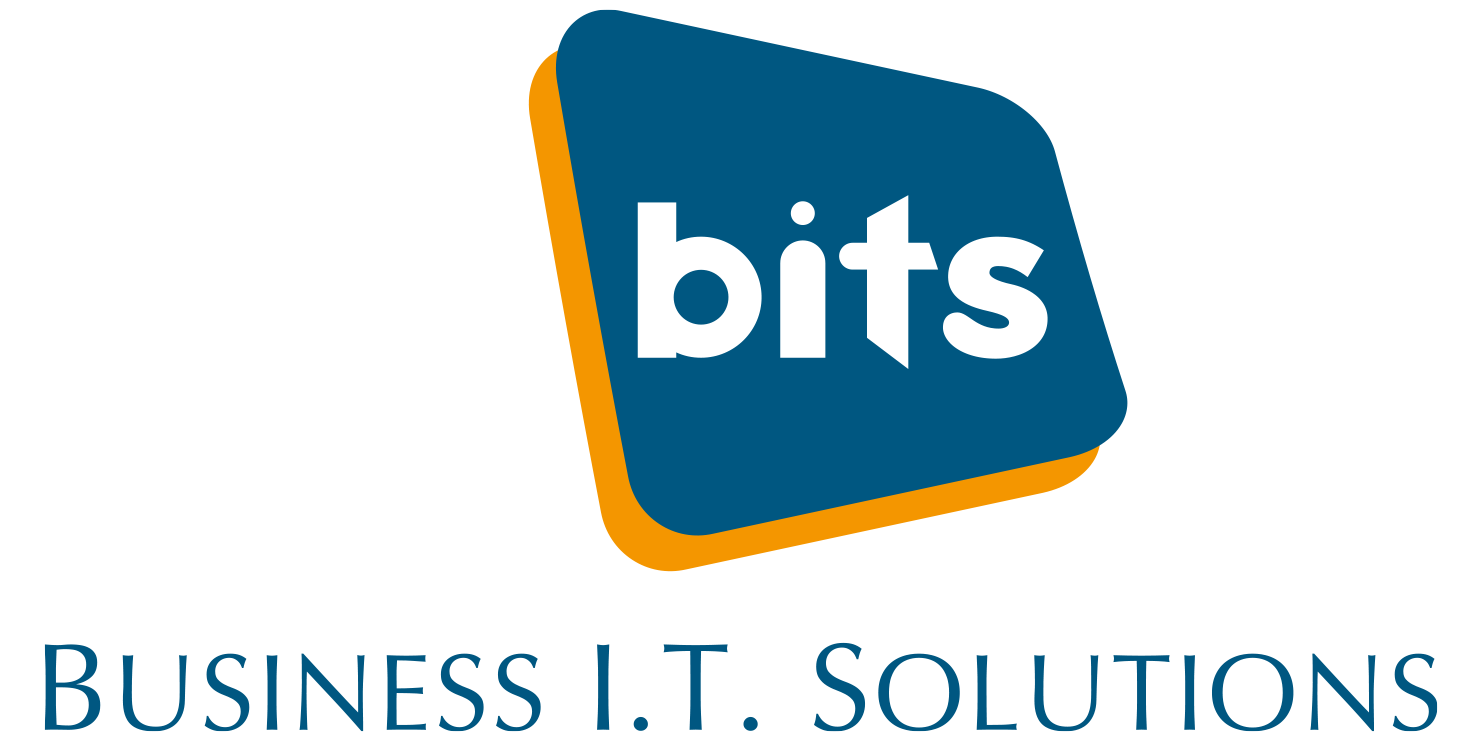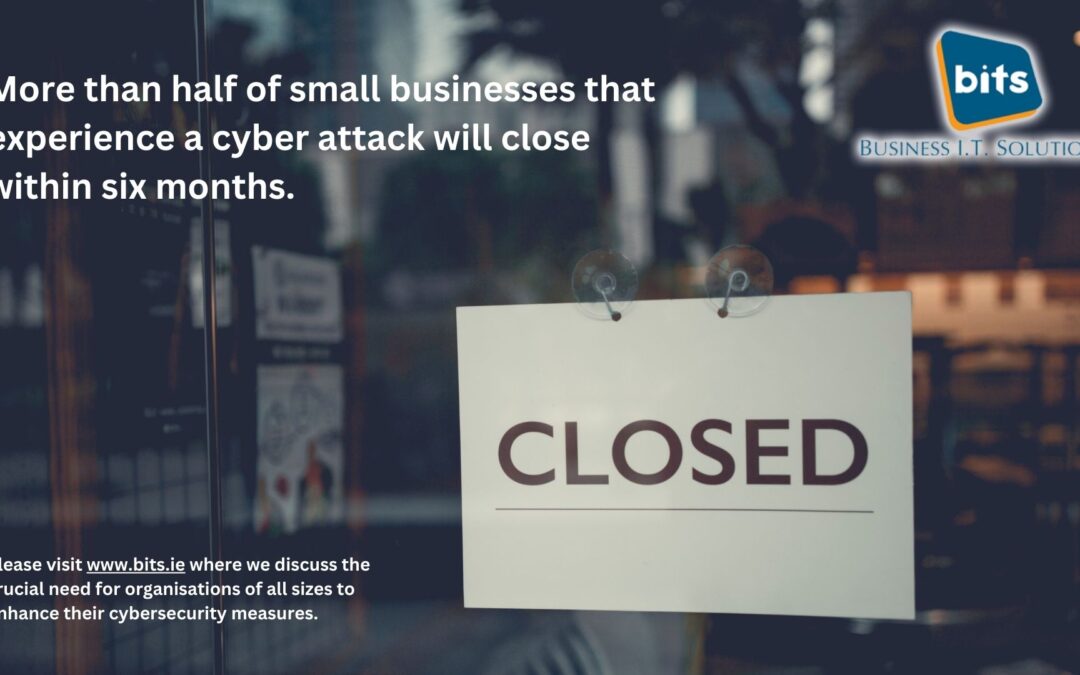1. Establishing Efficient Security Measures
Deploy Anti-Malware Applications across all Computers
Anti-malware applications conduct thorough scans of computer systems to detect and shield against various forms of malicious software, including: spyware, adware and worms.
Maintaining Current Security Patches on Computers and Network Equipment
Amidst the familiar ‘software update available’ pop-ups, it’s easy to delay or skip them due to time constraints or convenience. But beware: neglecting updates can be risky.
For small and medium-sized enterprises (SMEs), staying secure requires staying current. Computers and networks must receive the latest security updates. These updates are vital even for common applications like operating systems and browsers, which can become vulnerabilities if left unattended. Embrace momentary inconvenience for long-term protection. Think of it as preventing potential identity theft, financial loss, and more.
Utilise Firewalls to upkeep Network Safety
A firewall serves as a partition between your computer and the internet. As incoming or outgoing traffic passes through the firewall, it undergoes scrutiny based on predefined rules. If websites, viruses, or malicious attacks fail these checks, they are denied access.
For SMEs, ensuring robust cybersecurity involves deploying both firewall software and hardware. Software firewalls safeguard individual employee computers, while hardware firewalls protect network groups.
Implementing Web Filtering to Restrict Access to Harmful Websites
Cyberattacks frequently demand users to access a webpage that triggers the download of malware. Phishing attacks involve deceptive websites resembling genuine ones, duping users into revealing login credentials and personal information. DNS filtering (preventing entire websites by blocking domains) and URL filtering (blocking particular webpages within a site) provide control over internet content access.
Email Filtering: Preventing Spam and Malicious Emails
Email filtering, as its name implies, meticulously screens both incoming and outgoing emails. Its primary purpose is to prevent spam, malicious content, phishing emails or sensitive data from either entering or leaving your server. While mainstream email platforms offer basic filtering capabilities, dedicated filtering services are essential for safeguarding SMEs against continually advancing, sophisticated cyber threats.
2. Empowering Employees with Cyber Awareness
Employees often aren’t familiar with terms like “phishing” or “malware,” and in-depth technical knowledge may not be essential. What truly matters is fostering cyber awareness:
- Recognising the traits of a fraudulent email.
- Grasping remote work best practices.
- Mastering password fundamentals.
- Safely employing personal devices for work.
It’s vital to realise that the primary target of most cyberattacks is employees due to human error. Every team member plays a crucial role in fulfilling an SME’s cybersecurity strategy. To stay updated on the latest scams and develop a foundational awareness, you can provide cyber awareness training to employees through automated training and creating policies to clarify your cybersecurity stance and team responsibilities.
3. Limiting Access
Removable Media Management
SMEs need clear policies for removable media like USB drives due to their security vulnerabilities. These devices can hold sensitive data and pose risks of information loss and malware. To mitigate these risks:
- Limit access to portable devices via specific ports and authorised users.
- Maintain records of removable media issuance.
- Encourage data encryption.
- Implement automatic malware scans for introduced media.
Zero Trust Network
Grant staff minimal, job-specific access levels. Continually review access, especially for highly privileged accounts. This is crucial for remote workers due to increased security risks.
4. Cyber Security Continuity Planning for SME’S
Data Backup and Business Continuity
One of the best ways to protect your business from cyber threats is apply the logic that if a cyber security incident was to happen your business that you have a solid data backup and disaster recovery plan in place. This means you can quickly resume your operations in case of a security breach or other disruption. Your plan should be based on your specific risks, comply with the relevant laws and regulations, and assign clear roles and responsibilities to your staff or service providers. You should also review and update your plan regularly to make sure it works as intended.
Backup & Disaster Recovery (BDR) should be a key part of your plan, as it ensures you don’t lose any important information AND you can get your business operational again following such an incident. Your BDR solution should be one that runs automatically and stores your data in a secure location, ideally away from your premises. You should also test your backup data frequently to verify its integrity.
Get in touch with us today for more information.

